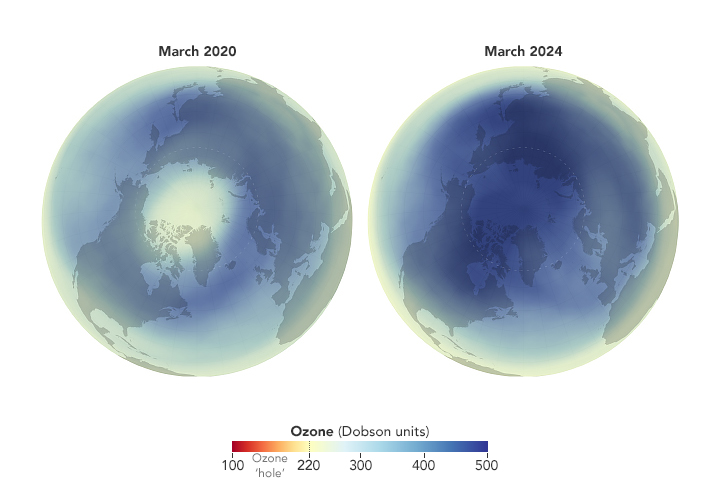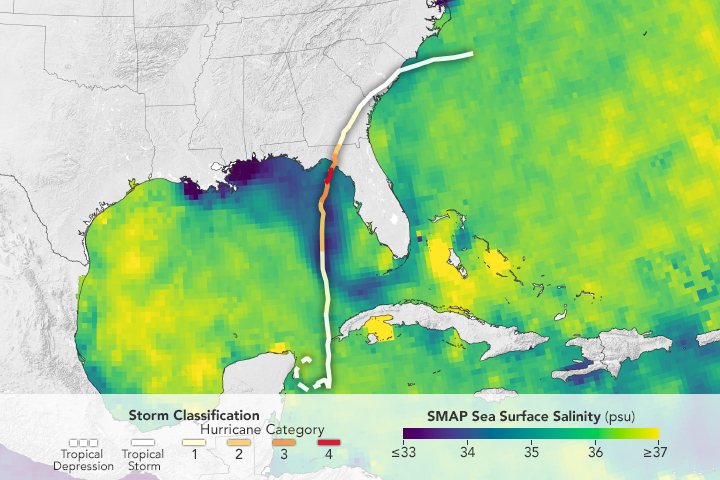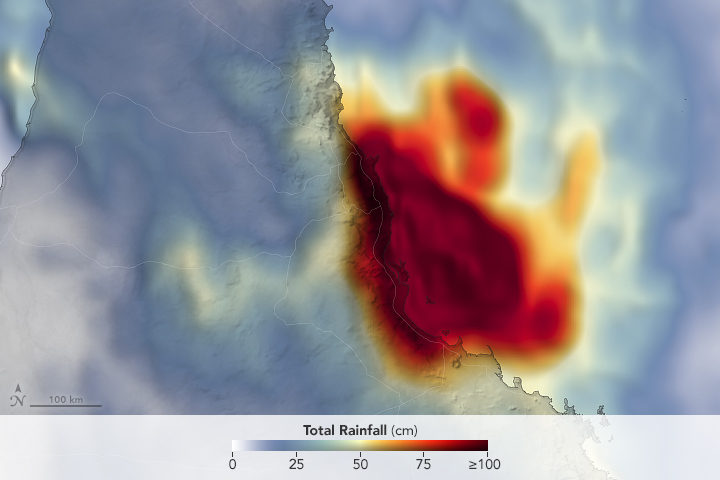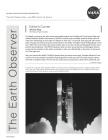- Home
- Missions
- Data
- Communications
- People
- The Earth Observer Newsletter




Recent Imagery
You will be directed to the NASA Visible Earth webpage when you select Images by Mission below, or click on the images at right that are randomly generated to represent four out of all possible topics.
The Earth Observer has a new look! Visit the NEW Earth Observer website.
The Earth Observer: May - Jun, 2006
In This Issue
Click title below to view page
- Editor’s Corner Front Cover
- Feature Articles
- Satellite Data and Applications for the Next Generation Air Transportation System4
- East Greenland Outlet Glaciers: From Ground and Space8
- Meeting/Workshop Summaries
- 28th ASTER Science Team Meeting11
- Atmospheric Infrared Sounder Science Team Meeting13
- Workshop on Exploring and Using MISR Data16
- NCAR Workshop on Air Quality Remote Sensing From Space: Defining an Optimum Observing Strategy18
- In The News
- NASA Disassembles and Reassembles Tropical Storm Gert20
- NASA Data Combined to Improve Hurricane Landfall Forecasts22
- News from the CERES Team24
- Smoke Gets In Your Eyes: AIRS Monitors Global Impacts of Pollution26
- Regular Features
- Scientists in the News28
- NASA Science Mission Directorate—Science Education Update30
- EOS Science Calendars31
Editor’s Corner
Michael King, EOS Senior Project Scientist
I’m pleased to announce that, after several unsuccessful attempts, the CloudSat and Cloud-Aerosol Lidar and Infrared Pathfinder Satellite Observations (CALIPSO) missions were successfully launched aboard a Delta-II rocket from Vandenberg Air Force Base in California at 10:02 UTC on April 28. Each spacecraft will transmit pulses of energy and measure the pulses scattered back to the satellite. CloudSat’s Cloud-Profiling Radar is more than 1,000 times more sensitive than typical weather radar. It can detect clouds and distinguish between cloud particles and precipitation. CALIPSO’s polarization lidar can detect aerosol particles and distinguish between aerosol and cloud particles. Lidar, similar in principle to radar, uses reflected light to determine the characteristics of the target area.
Sixty-two minutes after liftoff, CALIPSO separated from the rocket’s second stage. CloudSat followed 35 minutes later. Ground controllers successfully acquired signals from...
Read more...

